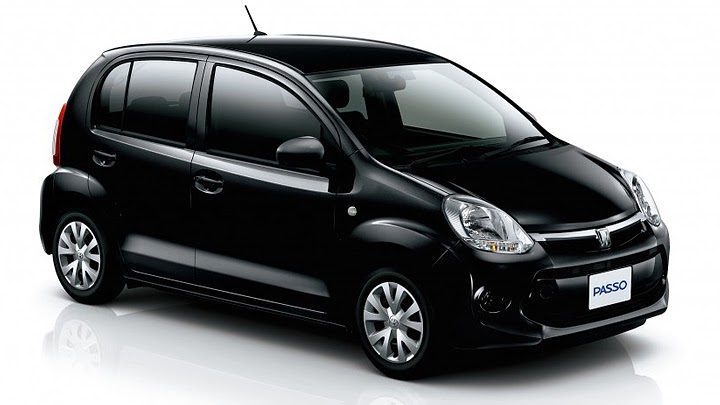
For starters, this car is the most recent fruit of Toyota’s partnership with Daihatsu at that country, which means it goes by the name Boon, too. But there’s also a third brother, which was slightly redesigned in order to become Perodua Myvi: this one is only sold in Malaysia, without the others, and it has been the best-selling car there for years. There was even a minivan variation, but only Perodua Alza survived the hatchbacks’ generation change. The current facelift was only applied to the Japanese duo – until now, at least – and gave priority to what makes them excellent city-cars. In other words, instead of working too much on the outside, they were focused on engine and cabin. The most obvious result of that is that Passo’s bubbly styling was carried over.
Japanese car fans will probably be the only ones to notice the upper grille divided by a chrome strip, while the lower one features a bigger silhouette whose thick strip reminds of those used on last-decade Peugeots, although in body color here. The sides got new wheels, the rear got revised lights, and that’s pretty much it. While South-American low-cost vehicles invest on complex design and some accessories to look more sophisticated, the Japanese seem to be comfortable enough being just the way they are. Besides, while those are used to rely on sporty-looking items and trim levels, which usually catches men’s eyes, Passo’s + Hana trim is exclusively focused on the feminine public.










Those differences are repeated by the cabin, whose dashboard and seats take the mind away from being in a low-cost car with the feminine version’s exclusive two-tone coating in beige and purple. However, Passo’s biggest feature definitely lies under the hood. This hatchback was chosen to carry the first engine of Toyota’s brand new family, which would be a three-cylinder 1.0L whose Atkinson cycle reaches 69 cv and 9.4 kgfm. It’ll always use a CVT transmission, and is claimed to achieve 27.6 kpl of gasoline: besides 30% better than the outgoing car’s, this is the lowest consumption rate among gasoline-burner automobiles in Japan. Some of its technologies are start/stop system, optimized valve timing and cooled exhaust gas recirculation.
Passo’s other option is an older 1.3L engine, which also comes with CVT. Those who take (a little) performance over fuel effiency can have 95 cv and 12.3 kgfm as an upscale offering, along with 19-kpl consumption. When it comes to the equipment list, the safety package includes front airbags (with side and curtain pieces as optionals), emergency brake signal and electronic controls for stability and traction. Not to mention electrically-operated rearview mirrors, infrared and ultraviolet protection for the front windows and some items that are very common in Japan, like all-wheel-drive, particular customization options and the Welcab variation, with several changes in favor of disabled drivers.